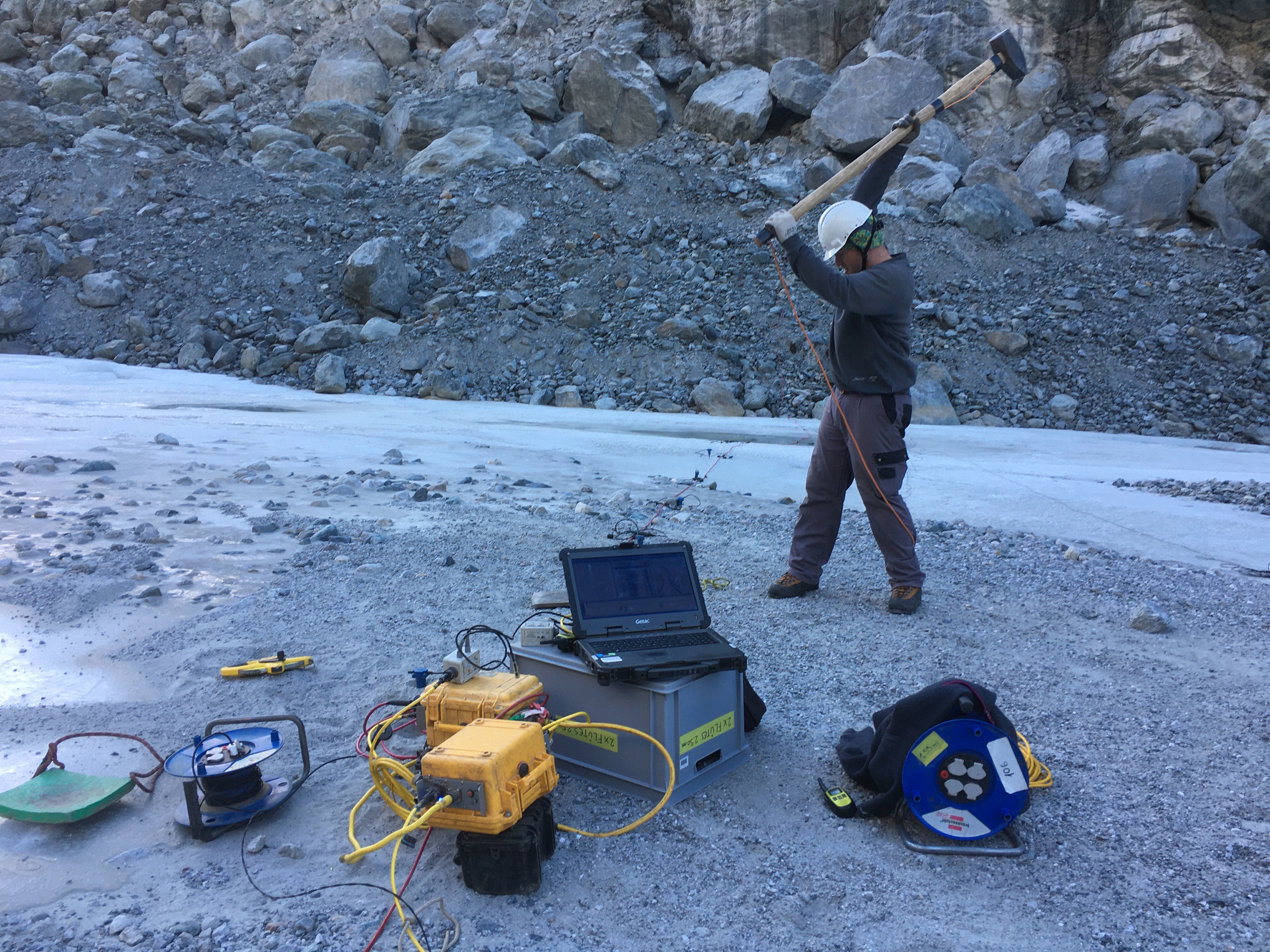At Geo2X, we thrive on new challenges. A brief chat is often the most effective way to explore how our services can benefit you. Don't hesitate to reach out!

Surface wave analysis (MASW) is based on the study of Rayleigh and Love wave propagation in the subsurface. MASW acquisitions enable the creation of two-dimensional VS sections (shear wave velocities). These velocities are frequently used in earthquake zoning, notably in the calculation of the VS30 standard (Eurocode 8).
The acquisition geometry depends on the requirements in terms of lateral resolution and depth of investigation. The use of low-frequency geophones is essential for MASW processing. Acquisition can be adapted to record MASW and seismic refraction data simultaneously.
The choice of source must be optimized according to target depth, ambient noise level and site access. In most cases, the use of a seismic gun or sledgehammer is sufficient. However, more powerful sources (falling weights, explosives) can also be used.
Simultaneous acquisition of MASW and seismic refraction data provides information on VP and VS. Most geotechnical moduli can be expressed as a function of these two velocities, as well as the density of the terrain.